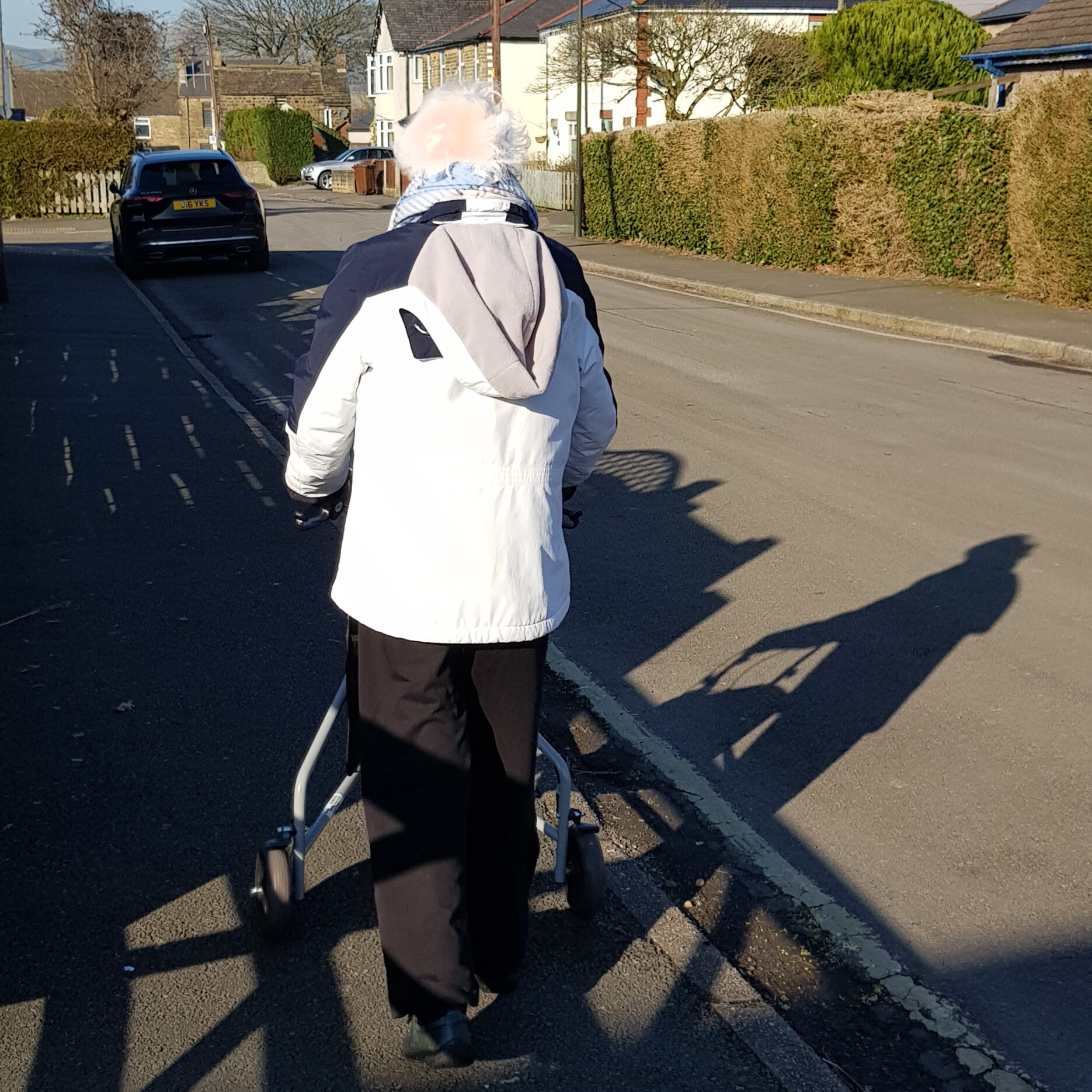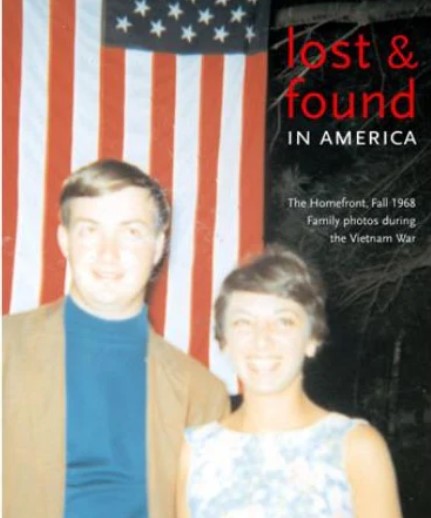Photography must be simple given the large numbers of photographs being taken and shared. There are approximately 5 billion photographs taken every day or some 1.8 trillion every year or 57,246 photos taken per second. They are not being captured on high end DSLRs which are cumbersome and require a level of expertise that only the geeks can fully understand. More succinctly 92.5 percent of all photos are now taken with smartphones. [Growcoot]

In the end it is the image that is important, not the equipment that is used to take the image. The ‘difficult’ part is being the person behind the lens. Although we talk about the photographer’s knowledge, skills and artistic knowhow when using the camera, combined with an understanding of post-processing and publishing, it is that synergistic coming together of those factors that makes all the difference when it comes to the simple act of pressing the shutter button. I often wish I was that person when I look at my ‘simple’ photographs.
What is missing from this idea that photography is simple, is the photographer’s reasons for taking the particular photographs that they do. Individually, the single photograph on its own is almost without connection to the photographer’s meaning. Context is all. [Barrett] Knowing the photographer’s background, seeing the image in a related sequence, a title, a little rubric, all contribute to giving a sense of what the photograph is about.
These simple family snapshots that I captured while my mother was going about her daily life, are moments in time when I saw something about my mother and her situation that made me take out my smartphone. Each one, probably individually meaningless to anyone outside the family, contained in a series like this, related by a theme and some text, provide a more detailed impression of Enid’s daily life.
Here is my series of photographs contained in a flipbook.
Click on the squared bracket top right (next to the bell) to expand the book to double pages as is intended.
This book has now been updated following feedback, see here.
I don’t take my mirrorless camera with me when I visit my mother, neither do I take it with us to the shops, the hospitals or doctors’ surgery when we visit. It’s my smartphone that I nearly always have with me that I have used to take these images, as not only is it fairly inconspicuous, it makes photography so simple. Point, arrange the subject in the frame and shoot! Despite my smartphone making photography simplicity itself to use, I still won’t be giving up my 5 stops of stabilisation on my Fuji X-t3 any time soon though!
A photograph can be used to serve many purposes. [Barrett, 1997] I had already begun on a project for a handmade book to present to my Mum to celebrate her 95th year. However, as she gets older her horizons have got closer, her range of activities are limited, and the photographs are ‘darker’ than I would have chosen for a celebratory item. Then I saw the assignment 9 project #1. It was possible to repurpose some of the photographs for the theme ‘The Distance Between Us’. Here. The photographs in the same format are again repurposed for this assignment ‘Photography Is Simple’. This may be considered a form of ‘category displacement’ as described in Terry Barrett’s article.
The response to this assignment is a series of colour photographs, more than the 10 asked for! The monochrome blue very noisy low-key images were added to provide a stylistic continuity throughout the book, whilst also providing additional meaning to the main colour image on the opposing page. Each two-page spread is comprised of photograph and narrative which are meant to be viewed together. Had I had the book made up commercially I would have gone for a ‘flat-lay’ product to achieve this. The Heyzine web-based application produced a ‘flat-lay’ flipbook that I can integrate into my blog.
A series of photographs needs something to hold them together, a story line, theme, colour, shape, subject. In this, my series, it is a story told through photographs and narrative, giving a view into what life is like for a very elderly person. Taking the photographs with my smart phone was simple. Individually I don’t think any of them are particularly impressive, but put them together in a themed series they can be viewed more meaningfully and sympathetically.
And now to the point of the assignment. Viewpoint. It very much depends who is looking at the images for an interpretation of what is meant. When shown this online book my mother giggled with ruefulness on the portrayal of her situation. However the distance between our situations did not seem to be part of her interpretation and understanding of the presentation.
Or perhaps it did. With a sigh she said “Oh to be young again.”
References
Barrett, Terry Photographs and Context (1997). Available at: https://terrybarrettosu.com/wp-content/uploads/2017/08/B_PhotAndCont_97.pdf (Accessed: 30 November 2024).
Growcoot, M. (2023) Almost All Photos Are Now Taken on Smartphones, According to Study, PetaPixel. Available at: https://petapixel.com/2023/06/20/almost-all-photos-are-now-taken-on-smartphones-according-to-study/ (Accessed: 29 November 2024).
How to decide which photos to use in your life story book (2022) Modern Heirloom Books. Available at: https://www.modernheirloombooks.com/new-blog/2022/7/4/how-to-decide-which-photos-to-use-in-your-life-story-book (Accessed: 29 November 2024).



